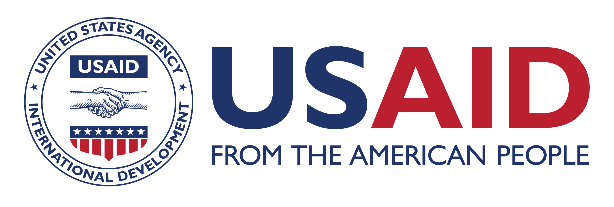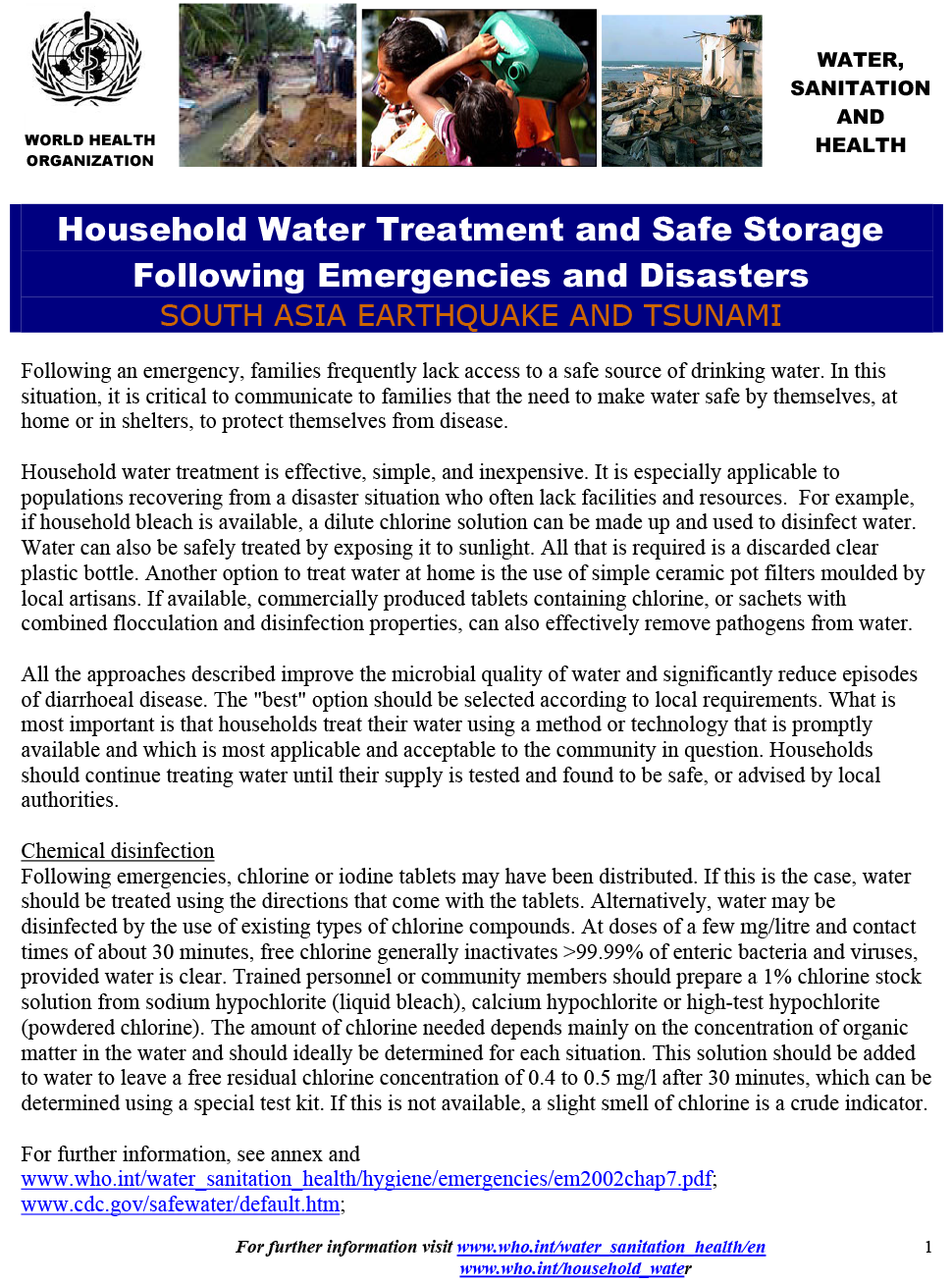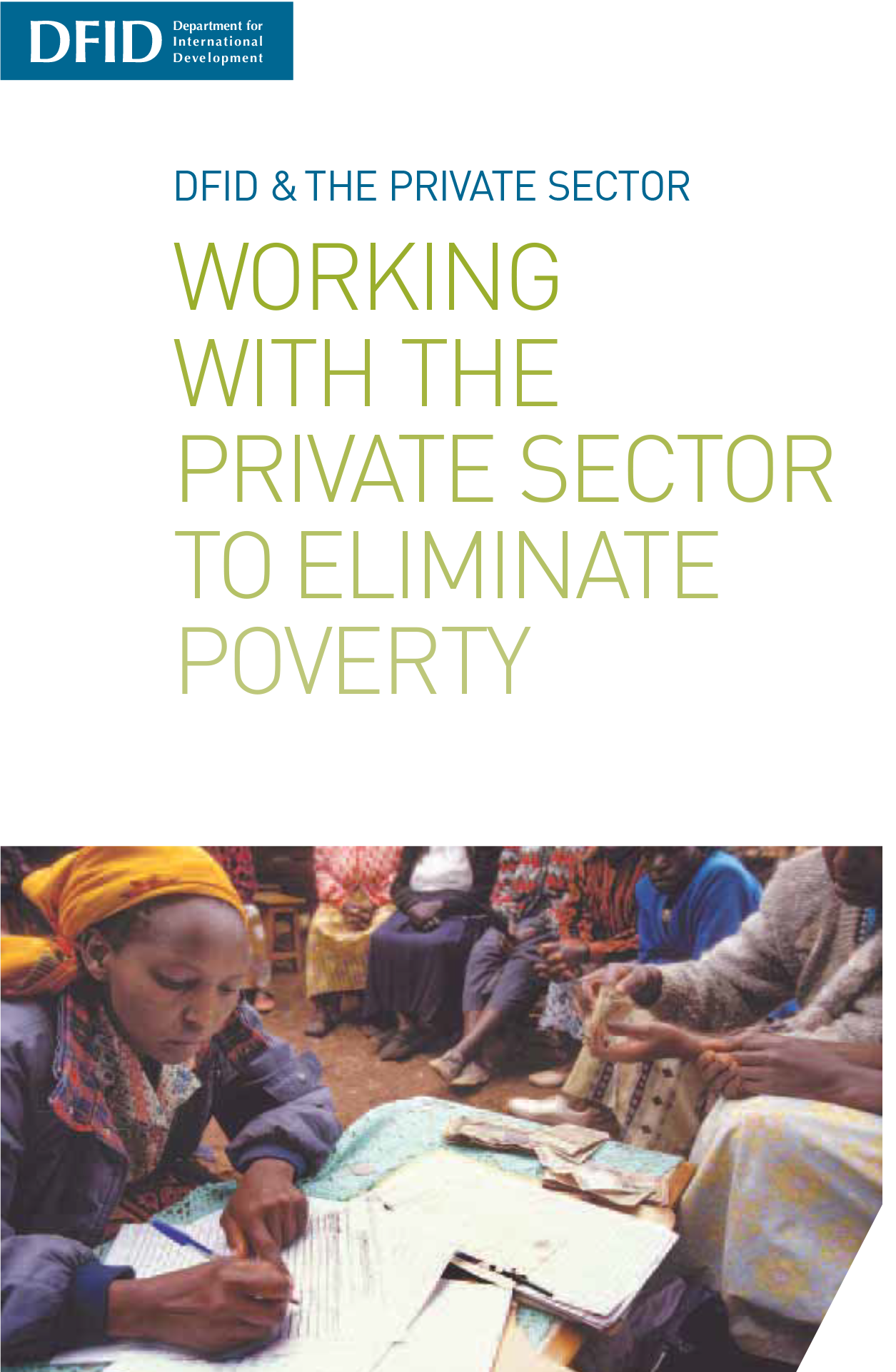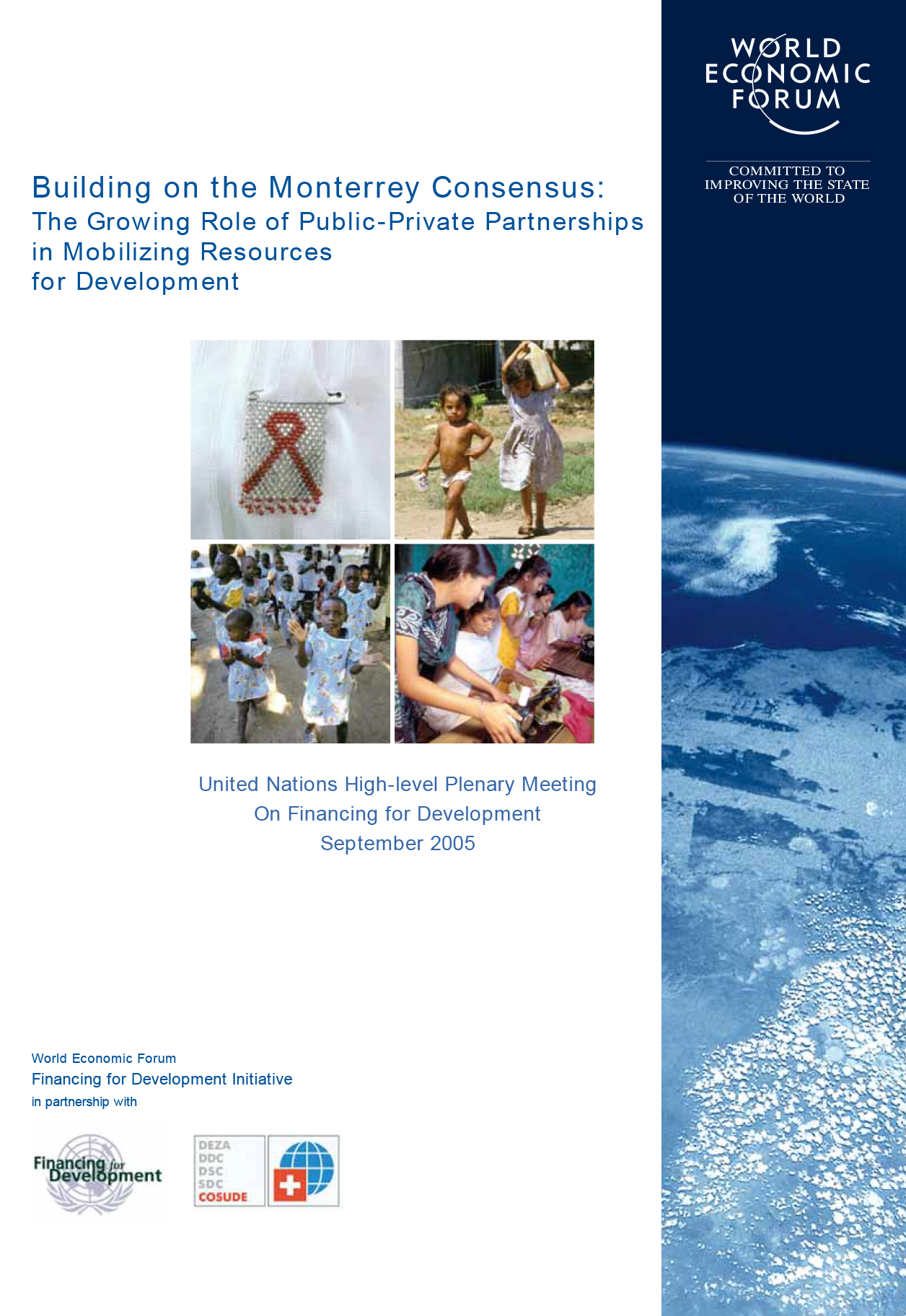
Resource Library

Safe Water Systems
The CDC website on Safe Water systems describes the elements of the system: point-of-use treatment, safe water storage and behavior change techniques. It links to relevant Safe Water Systems topics.
Resource Type : Website
Country :
Year : 2006-02-02T12:30:00
Language : English
Project : SHOPS

Resource Library
Household Water Treatment and Safe Storage Following Emergencies and Disasters
This resource describes various effective, simple and inexpensive household water treatments. It covers chemical and solar disinfection, filtration, combined flocculation/chlorination systems, boiling and safe storage. Annexes contain specific use instructions.
Resource Type : Tool
Country :
Year : 2006-02-02T12:30:00
Language : English
Project : SHOPS

Resource Library
Managing Water in the Home: Accelerated Health Gains from Improved Water Supply
This report describes and critically review the various methods and systems for household water collection, treatment and storage. It reviews data on the ability of various methods to provide water that has improved microbiological quality and lower risk of waterborne diarrheal and other infectious diseases. It provides scientifically sound and supportable basis for identifying, accepting and promoting household water treatment and storage systems and technologies for use by scientists, engineers, policy makers and other public health, environmental health and water resources professionals.
Resource Type : Report
Country :
Year : 2006-02-02T12:30:00
Language : English
Project : SHOPS

Resource Library
Contracting for Health Care Service Delivery: A Manual for Policy Makers
The last decade has seen a number of important changes in the mix of public and private services in the health sector and in the organization of those services throughout the developing world. Governments are looking for ways to increase efficiency in the use of public sector resources, improve the quality of health care, and extend health services to underserved populations. Public -private partnerships can help government agencies deliver more cost-effective health services to target populations. This guide offers a brief overview of the benefits—and limits—of using contracts for service delivery, and describes some of the steps that are key to good contract management. Although there exist a wide range of types of contracts, this guide focuses on performance-based contracting.
Resource Type : Tool
Country :
Year : 2004-06-01T14:00:00
Language : English
Project : SHOPS

Resource Library
Improving Hormonal Contraceptive Supply: The Potential Contribution of Manufacturers of Generic and Biosimilar Drugs
Research and development (R&D) companies dominate both the public- and private-sector markets in developing countries, despite the growing number of manufacturers able to produce low-cost generic and biosimilar products around the world. This paper describes the different types of hormonal-contraceptive manufacturers and opportunities for increased competition from generic and biosimilar suppliers in the procurement field, as well as the commercial sector. Barriers addressed in the paper include the difficulty of monitoring product quality and safety in developing countries, the limited sales and marketing capability of local manufacturers, unfavorable procurement policies, and market distortions caused by well-meaning donor-funded programs. Give us feedback! Is this technical research report useful to you? We'd appreciate feedback, so please share your thoughts with us on our Q&A board.
Resource Type : Report
Country :
Year : 2006-02-10T10:30:00
Language : English
Project : SHOPS

Resource Library
Working with the Private Sector to Eliminate Poverty
Selling fruit on a street corner; working on a farm; cleaning a high-rise office; selling basic medicines; operating a factory machine; repairing bicycles... The poorest people in our world are living in, and working in and sustaining a bustling, often unnoticed, private sector. Poor people sell their labour and goods, buy their food and other services in transactions that are predominantly private. As employees and business owners, every day they negotiate the threats and opportunities of their markets, however fragile the environment may be. Nine out of ten jobs in the developing world are in the private sector. The UK's Department for International Development (DFID) believes that improving the prospects of these millions of businesses is an essential route to eliminating poverty. For DFID, helping developing countries create the conditions which can nurture and sustain economic growth is a clear priority – and the development of the private sector is central to this.
Resource Type : Report
Country :
Year : 2005-12-01T15:00:00
Language : English
Project : SHOPS

Resource Library
Building on the Monterrey Consensus: The Growing Role of Public-Private Partnerships in Mobilizing Resources for Development
The World Economic Forum has issued a report calling on the United Nations and its member governments to recognize the key role that partnerships with business can play in delivering education, health and water sanitation services in poor regions of the world. The report comes as leaders gather in New York to assess slow progress in meeting the Millennium Development Goals (MDGs), amidst growing calls for UN reform. Business partnerships can harness new resources for poverty alleviation and public service provision in poor countries, according to the Forum's Financing for Development Initiative. Entitled "Building on the Monterrey Consensus: The Growing Role of Public-Private Partnerships in Mobilizing Resources for Development", the report was produced in cooperation with the United Nations Department of Economic and Social Affairs (UNDESA) and the Swiss Agency for Development and Cooperation (SDC). The report examines the status and future promise of public-private partnerships (PPPs), which are formed when a private company joins with a government, international agency or non-profit group to work on a specific project. It summarizes a year-long process of consultation with over 200 public-private partnership practitioners and experts from governments, businesses, NGOs, philanthropic foundations and academia. Partnering with the private sector can tap new resources and expertise that are greatly needed in development programmes, according to the report. Based on successful experiments with PPPs in recent years, it states that "the very concept of development appears set for a transformation...."
Resource Type : Report
Country :
Year : 2005-09-01T15:00:00
Language : English
Project : SHOPS

Resource Library
Public-Private Partnerships for Neglected Diseases: Opportunities to Address Pharmaceutical Gaps for Neglected Diseases
Every year, approximately US $70 billion is spent in health research but only about 10 percent of funding is targeted to the diseases that account for 90 percent of the global disease burden. The unavailability of medicines to people in developing countries results in enormous human and economic costs. The disconnect between disease burden and the medicines available is largely due to the fact that there is little or no economic incentive for the for-profit pharmaceutical and biotechnology industries to research and develop medicines for people in poor countries where there will be no return on the substantial financial investment required to bring a drug to market. Legislative initiatives such as "Orphan Drug" statutes have been ineffective in developing medicines for the "neglected diseases" of people in developing countries.
Resource Type : Other
Country :
Year : 2004-10-07T11:15:00
Language : English
Project : SHOPS

Resource Library
Private Participation in Health Services
Private participation in health services is often a controversial issue, although many countries already make use of private services to further aims in health care. The book draws on a wide range of country experience to provide a judicious blend of practical advice and useful information on health services privatization issues. It discusses how to assess the potential for private sector involvement, how to engage in contracting with the private sector for health services, and how to regulate the sector. It also provides advice on what to do when key information is not there: a crucial element of any strategy, especially in developing countries where data and information sources are scarce. With the decline of ideology, politicians have grown increasingly fond of the dictum " What is best is what works. " This book is an excellent lesson on what works in health care, or more precisely, on how to make what works work better, especially with respect with to the involvement of the private sector. Only with a good public-private mix can we achieve our goal of improving health care for all. Order hard copies of the book here.
Resource Type : Other
Country :
Year : 2005-12-19T10:45:00
Language :
Project : SHOPS

Resource Library
Low Risk of Adverse Effects from Zinc Supplementation
Reviews the available evidence on the safety of zinc supplementation in children, summarizes reports of adverse effects from both long-term and short-term studies, and concludes that zinc supplementation is a safe and effective treatment for diarrhea.
Resource Type : Brief
Country :
Year : 2005-01-01T15:30:00
Language : English
Project : SHOPS
Pagination
- Previous page
- Page 9
- Next page







